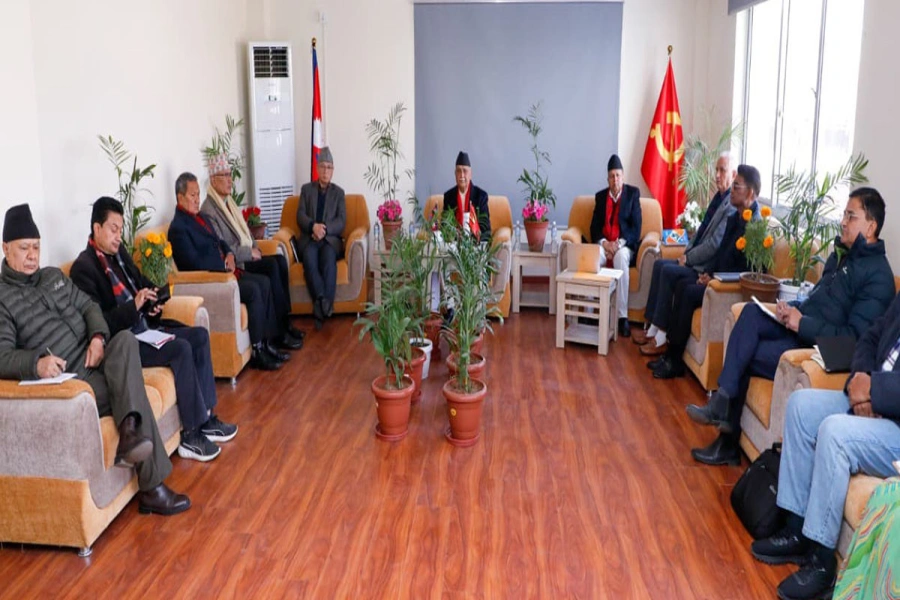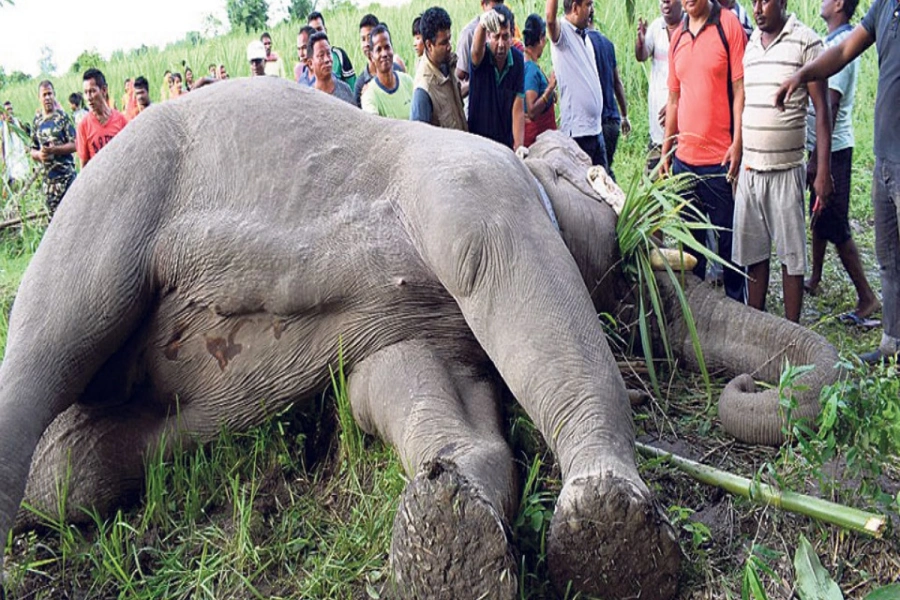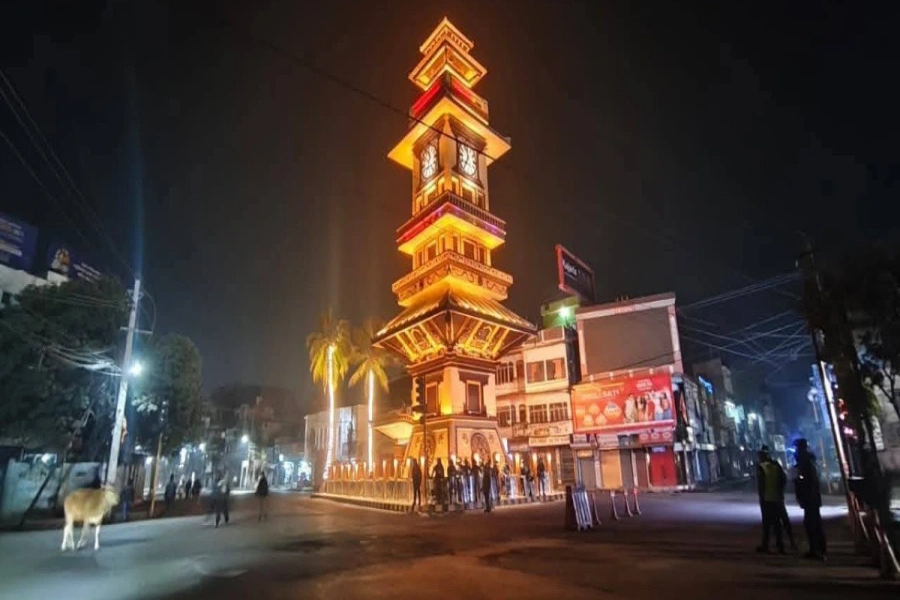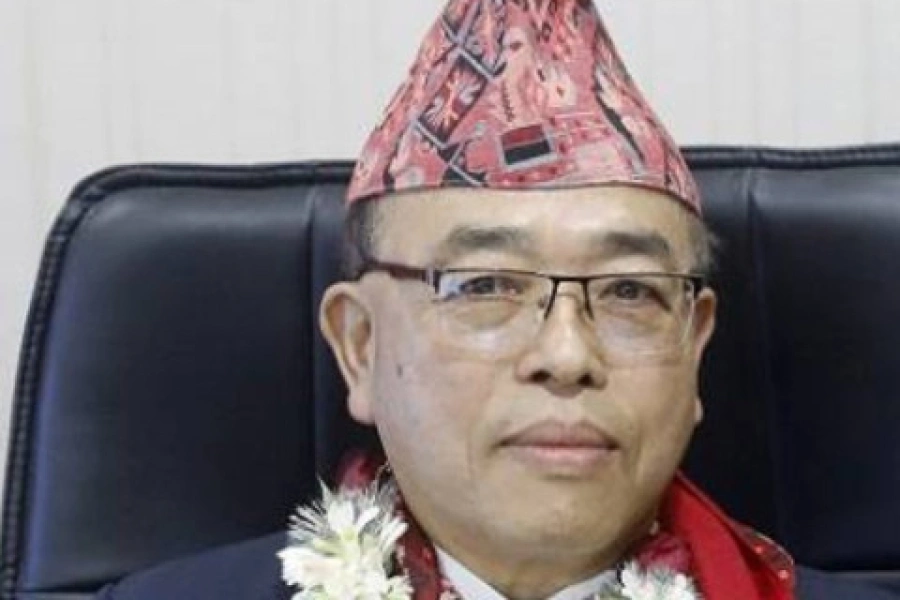KATHMANDU, March 24: With a second case of COVID-19 recorded in Nepal this week, a bigger question is lurking: Is the public responding sufficiently to meet the virus's lethal trajectory? Or is it too small a number to signal a larger catastrophe? Opinions are divided among experts and officials.
What has left public health experts deeply worried is that Nepalis are not seriously taking the appeal to stay home and maintain physical distance to avert the chances of COVID-19 spread. The government has urged ordinary public not to go out unless it is absolutely essential and work rather from home as far as possible. A number of cities and provinces are locked down, although partially.
From Monday, the government banned the entry of people from all the border points with India and China. It was since last Wednesday the government restricted all arrivals--even Nepali nationals—from 50 countries that have reported COVID-19 outbreaks, from the midnight of March 20 to April 15. All long-haul public transport services have also been banned from Monday.
But still the marketplace in different parts of Kathmandu are still crowded -- ordinary public appear apathetic to the government's request to stay home. Popular book shops, restaurants and public buses are still crowded and this is sufficient for the spread of the virus.
“I travel in public buses as I work at a hotel in Durbarmarg,” says Sushma Bhandari, 32. “I have heard a lot about the coronavirus and we should be careful”.
Another commuter, Chandra Kanta Paudel, 35, is seen as less careful. “I have heard a lot about the coronavirus. But it has yet to come to Nepal,” argued Paudel, whom Republica met in Maharajgunj.
California issues 'stay home' order; U.S. death toll hits 200

WHO Director-General Tedros Adhanom Ghebreyesus last Wednesday said, “To suppress and control epidemics, countries must isolate, test, treat and trace.”
Nepal government echoes what Director-General Tedros Adhanom Ghebreyesus has laid the first emphasis on -- isolate people.
Director of Epidemiology and Disease Control Division under the Department of Health Services Basudev Pandey said the only preventive option is to stay home and stay safe.
“Physical distancing is very important to contain the spread. Ordinary people are out on the streets and marketplace due to their sheer ignorance of the risk associated with it,” he said.
“We may need to go for a total lockdown or a curfew in case of a community transmission.”
A specialist on infectious diseases at HAMS Hospital Dr Anup Subedi said it is up to us to decide whether we want to be careful on time to avert the crisis or wait for an outbreak.
Nepal is vulnerable to the pathogen for various reasons. Close proximity with China, thousands of Nepalis working in affected countries, spiking cases in India and continuous flow of passengers from affected countries have made Nepal vulnerable to COVID-19. The Oxford Journal of Travel Medicine has listed Nepal as one of the 15 countries on high risk from COVID-19.
-- Lack of test facilities --
“Testing, testing, testing” has been the mantra chanted again and again by the World Health Organization Director-General Ghebreyesus. He is emphasizing on strong prevention and surveillance for the pathogen before it goes out of control.
But Nepal seriously lacks a widespread diagnostic testing facility for the pathogen. Shukraraj Tropical and Infectious Disease Hospital (STIDH) is the only hospital to treat the suspected case and National Public Health Laboratory is the only institution to test COVID- 19, as of now.
As of March 23, altogether 600 samples for suspected COVID-19 cases were tested in Nepal, of which 598 were negative and one recovered. A 19-year-old woman tested positive on Sunday, who returned from Paris recently. Globally, over 350,000 people are affected by COVID-19 in 193 countries, with over 15,000 deaths.
“Nepal lacks a comprehensive diagnostic test for the pathogens, and it's getting delayed every day,” said Dr Subedi of HAMS Hospital. “The political leadership should act strongly on expanding the base of the diagnosis,” he said.
All the coronavirus tests being used by public health agencies and private labs around the world start with a technique called polymerase chain reaction, or PCR, which can detect tiny amounts of a virus' genetic material. Nepal's National Public Health Laboratory is also following the same method, which takes at least 2 days to give the result. The method also requires a lot of reagents, which are very expensive, according to officials.
South Korea was successful in containing the disease by widespread testing, isolation of the infected, contact tracing and quarantining of those contacts, according to the science magazine.
“We currently have test-kits or the primers to conduct 1500 tests,” director of Nepal's National Public Health Laboratory, Dr Runa Jha said, adding, “We can test 500 cases in a week,” she said.
“The government is formally requesting China to provide 100,000 kits, which will arrive soon,” an official at the health ministry said.





































